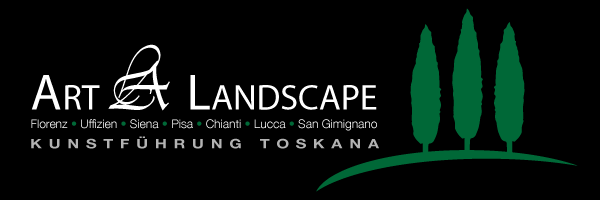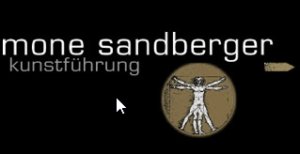Two popes and two Queens of Frence:
by Monika Eva Sandberger
Cosimo il Vecchio (the Elder) (* 1389 † 1464) was a gifted banker and managed all his banks branches throughout Europe with great skill. He lent money to kings and popes, and was able to earn interest by exchanging the currencies between his branches. This way the same amount was always written on the promissory note and God didn’t “see” his usury. However he most likely had a guilty conscience because he donated money to built the monastery of San Marco in Florence.
Lorenzo il Magnifico (the Magnificent) (* 1449 † 1492) was a great patron of the arts, humanist and poet of the Medici family. He married a Orsini to gain greater power for his family and to expand their relations in Rome and with the Holy See. His older brother Giuliano was assassinate by arch-rivals from the patrician Pazzi family in the dome of Florence.
Pope Leo X. (* 1475 † 1521) was a Renaissance Pope, humanist and patron of the arts. He was the second son of Lorenzo the Magnificent and Clarissa Orsini. His selling of indulgences to finance the construction of St. Peter’s Cathedral led to Martin Luther’s protest and his 95 theses.
Pope Clement VII (* 1478 † 1534) was the illegitimate son of Giuliano de Medici, who was declared a legitimate son by his cousin Pope Leo X. When he became Cardinal, he supported the Holy See of Leo X during his Pontiff, and that is how Raphael immortalized them in a famouse painting that is now in the Uffizi Gallery.
Cosimo I (* 1519 † 1574) was the first Grand Duke of Tuscany. His ancestors always had great power and influence in the senate, the city council of Florence, but he became an absolute sovereign crowned by the pope and was bestowed heredity titles. He had 11 children with his Spanish wife Eleonora da Toledo and it is said they led a happy marriage.
Catherine de Medici (* 1519 † 1589) was Princess of Urbino. Her parents died when she was very young, and the two Medici popes became her guardian and she became the richest heiress in Europe. By marriage to Henry II, she became Queen of France and later sovereign for their minor sons.
Maria de Medici (* 1575 † 1642) was a great women of the Medici dynasty. She had a rather sad childhood: at the age of three her mother died while giving birth to the eighth child and when she was 12 years old her father Francesco I was poisoned at the Villa Poggio a Caiano. Her uncle, who was her guardian, wanted a welthy husband for her and so the “chubby banker”as she was called in Fance, was crowned the French queen in 1610, two days before the sudden death of her husband, the king of France, whose death made her the most powerful figure in Paris.
Bianca Capello (* 1548 † 1587) was the truelove and second wife of Francesco I. They were warried two months after the death of Francesco’s first wife, the Grand Duchess Giovanna of Austria, but it was made public only a year later. They both died within two days at the Villa Poggio a Caiano. The arsenic poisoning has now be proven by by autopsy.
Anna Maria Ludovica de Medici (* 1667 † 1743) was the last heir of the Medici’s. It is thanks to her last will and testament that the treasures of the Medici were not plundered by the impoverished European nobility. She left everything to the people of Florence, and that is why the Uffizi Gallery, Medici tombs and villas are now state-owned.

